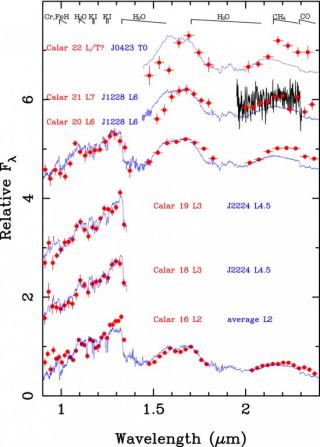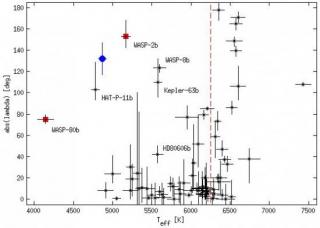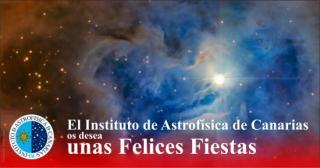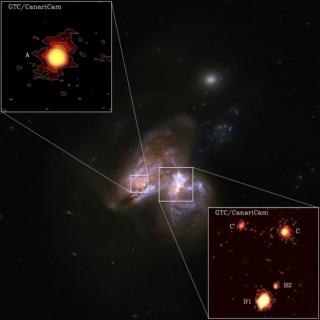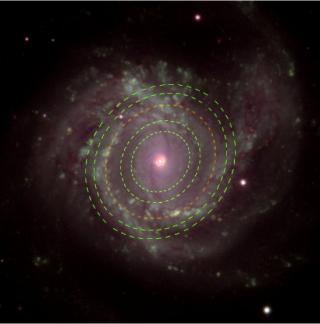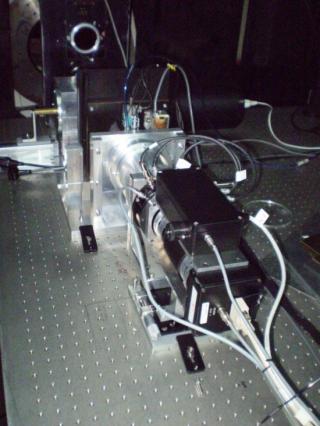
We have obtained two-dimensional velocity fields in the ionized gas of a set of eight double-barred galaxies, at high spatial and spectral resolution, using their Hα emission fields measured with a scanning Fabry-Perot spectrometer. Using the technique by which phase reversals in the non-circular motion indicate a radius of corotation, taking advantage of the high angular and velocity resolution we have obtained the corotation radii and the pattern speeds of both the major bar and the small central bar in each of the galaxies; there are few such measurements in the literature. Our results
Advertised on
